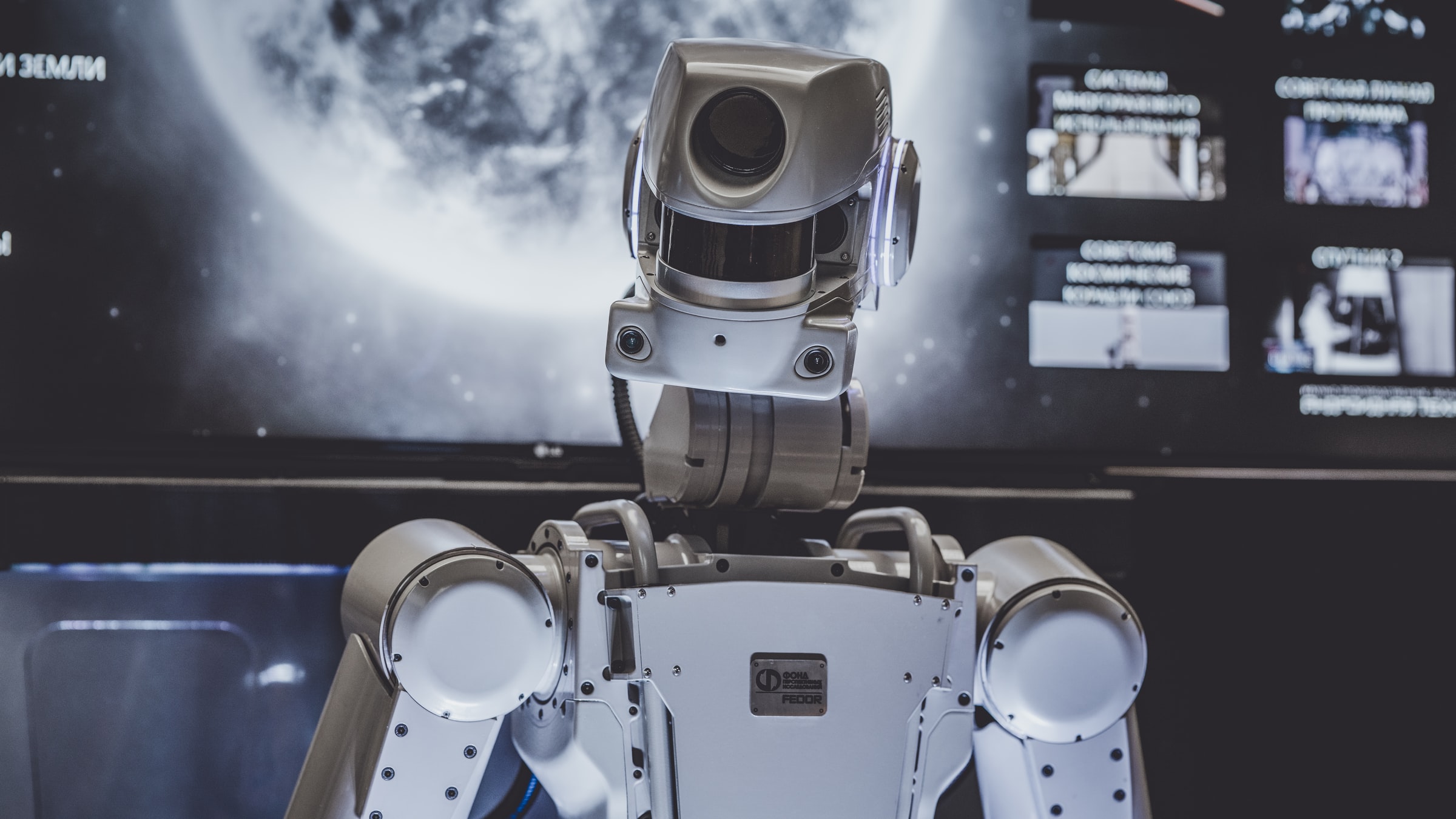
Artificial Intelligence (AI) is evolving rapidly. With the potential to disrupt every facet of technology, it’s really no surprise that all big tech companies are now interested in it. Some are even offering big bucks for expert AI developers to join their team. Others like Google (who just became “AI-first“) are actually trying to build AI experts out of AI itself to combat the lack of humans with expertise in the field.
In a surprising move that hints they’ve had no problems with the AI expert shortage, Microsoft recently unveiled a new language learning app powered by AI. And it may just be the beginning of Microsoft’s AI strategy going into 2018.
An Intelligent Use of AI
Microsoft’s new AI-powered iOS app is called Learn Chinese. It’s free and, as you probably can guess from the name, teaches you Chinese. Using deep neural networks (you can read more about those here), the app interprets your words by figuring out what you’re saying before evaluating the pronunciation. With increased use of the app, you’ll find yourself progressing with Chinese, and the app will keep score too.
It’ll track your speaking ability, highlight words to work on, and chat with you like you’re an old pen pal. It’ll even give you an audio sample of the words you need to practice pronouncing after analyzing some practice sessions. The AI trained itself with data from native Chinese speakers and Microsoft’s text-to-speech technology. “You think you know Chinese, but if you meet a Chinese person and you want to speak Chinese, there is no way you can do it if you have not practiced,” explained Yan Xia, a Microsoft senior development lead in Beijing.
Refining Language Learning
Xia is right. The developers and engineers behind this app thought of features that most language apps don’t bother with. For example, it offers two distinct systems for beginners and intermediate learners. This is a crucial aspect of learning a language, and Microsoft highly prioritized a solution to this issue. The result is a smarter, more robust app.
Jonathan Tien leads the Engineering Innovation Group at Microsoft Research Asia, who uses “deployment driven research” to improve the Learn Chinese app. They research how the app is used in the real world to tweak the models, interface, and software architecture.
Frank Soong, principal researcher and research manager of the Beijing lab’s speech group, emphasizes the importance of human teachers. “Our application isn’t a replacement for good human teachers. But it can assist by being available any time an individual has the desire or the time to practice,” he says. “Chinese is our native language, but learning Chinese is not native. It is difficult. During this process, we are learning a lot ourselves.”
Nothing Wrong With a Little Competition
Microsoft launched its app on the heels of Duolingo’s roll-out of Mandarin lessons. And about a year ago, Duolingo also released chatbots powered by AI to help you learn a language on the go. Whether this is coincidence or not, Microsoft’s new app puts them in direct competition with Duolingo now.
Microsoft’s Learn Chinese app is adventurous in its attempt to revolutionize language learning through AI. Seeing new applications for this disruptive technology is always great, and we’re sure this isn’t the last AI foray that we’ll see from the Seattle-based development company. As AI continues developing and producing new innovations, seeing tech giants like Microsoft and Google try to stay ahead of the curve is a sign that this technology is here to stay.





